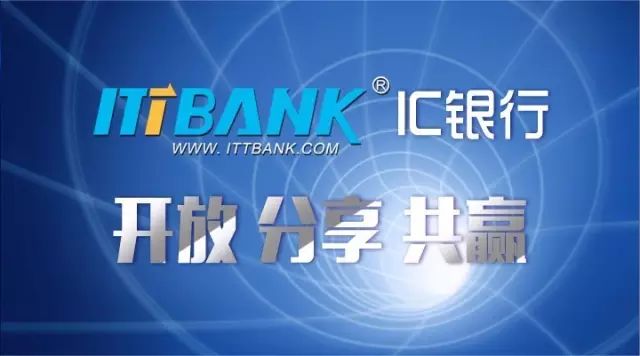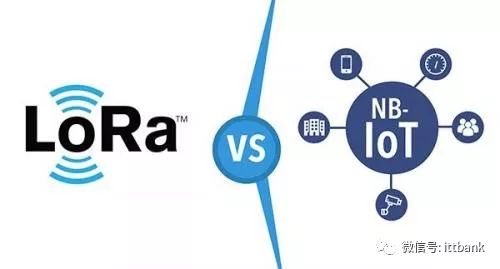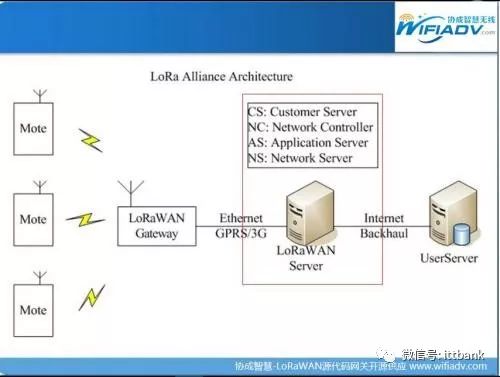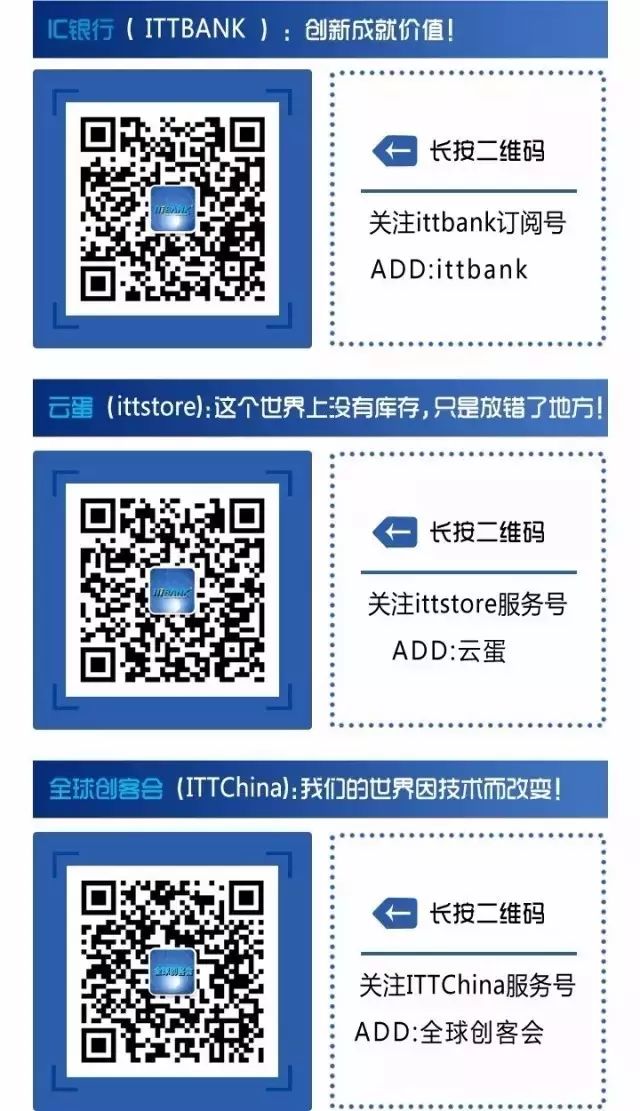

The recent surge in the global Low Power Wide Area Network (LPWAN) market can be attributed to several factors. The rapid development of machine learning and M2M communication standards has played a significant role, coupled with the growing global demand for IoT services, the availability of low-cost LPWAN tools, and increased energy-saving opportunities.
It is expected that by 2022, the global LPWAN market value will exceed $46 billion (up from just over $500 million in 2015). While Semtech’s LoRa technology was initially in the lead in this field, NB-IoT (Narrowband IoT) is also rapidly gaining widespread recognition as a strong LPWAN standard (Vodafone launched a commercial NB-IoT network in Spain this January).

This article analyzes and compares LoRa and NB-IoT point by point to identify which LPWAN protocol has more advantages:
1. Essence
Although “LoRa” and “LoRaWAN” are often used interchangeably, they refer to different things. LoRaWAN is the LPWAN protocol standard that operates within the LoRa technology environment. LoRa itself is a modulation method used for IoT communication. On the other hand, NB-IoT was defined by the 3GPP (3rd Generation Partnership Project) standard in mid-2016, and has minimal advantages for low data rate devices. NB-IoT can be implemented independently or through in-band spectrum, with two main variants—one released by Nokia, Ericsson, and Intel; the other by Vodafone and Huawei. In short, NB-IoT is a cellular standard, while LoRa is not.
2. Bandwidth Support
NB-IoT typically operates at a slightly higher bandwidth than LoRaWAN. The signal bandwidth requirement for 3GPP technology is 180 KHz—slightly higher than the 125 KHz required by Semtech’s LoRa technology. Interestingly, both NB-IoT and LoRa have significantly higher signal bandwidth than Sigfox (another mainstream LPWAN standard), which operates at a frequency of 0.1 KHz.
3. Required Gateways
LoRa requires dedicated gateways to function, while NB-IoT does not. According to a senior official from Huawei, the infrastructure for NB-IoT is directly connected between base stations and sensors (LoRa architecture requires gateways for this). Although the available LoRa gateways are powerful and generally competitively priced, there is still some additional hardware to manage, which could be a potential hassle. NB-IoT does not require these at all.
4. Required Spectrum
LoRa IoT technology operates on unlicensed spectrum (Sigfox does as well). Therefore, applications supported by LoRaWAN are low-cost—and battery efficiency is improved (and will continue to improve). Unlike the asynchronous protocol of LoRa, NB-IoT services are synchronous and use licensed bands (both LoRa and NB-IoT operate in bands below 1GHz). The cost of spectrum licensing is not low—costing more than $500 per MHz. Telecom operators can choose to deploy NB-IoT in protected bands, 4G LTE spectrum, or independent networks.
5. Ecosystem
The ecosystem of LoRa is stronger than that of NB-IoT or other cellular IoT communication standards. LoRa has been adopted as an IoT network standard in many countries, including the United States, Australia, New Zealand, Taiwan, and the Netherlands (LoRa is also popular in India). In contrast, NB-IoT is a “new player” that made its commercial debut in Spain in early 2017 (Ireland will also use NB-IoT networks). The low cost, wide range, and multifunctionality of LoRa technology have advantages in a stable ecosystem and community support—but in the coming years, NB-IoT will have many opportunities to catch up.
6. Applicability to Different Types of Applications
Despite the significant misinformation surrounding the LoRa vs. NB-IoT debate, it is worth noting that both technologies are optimized for different types of end applications. For example, LoRaWAN is suitable for applications or devices that require lower costs, longer battery life, and do not need frequent communication (such as a few times a day). In contrast, NB-IoT is best for applications that require shorter downlink latency and more frequent communication. Both IoT protocols have their unique value propositions and cannot replace each other.
7. Customer Profiles
The main customers of IoT/M2M communication standards, including LoRa, NB-IoT, and Sigfox, are telecom operators from around the world (SK Telecom deployed LoRaWAN to build an IoT network in South Korea last year). LoRa technology can also be used by non-telecom operators—something that NB-IoT cannot do. Crowdsourced networks can easily access and implement LoRa-based IoT solutions (The Things Network has done this). The availability of NB-IoT is still limited.
8. Network Coverage
Remote coverage is a unique selling point for both NB-IoT and LoRa, with NB-IoT clearly being stronger, extending coverage to 18-21 kilometers, compared to the 12-15 kilometers provided by LoRa. However, an interesting fact emerges upon closer examination: NB-IoT performs well in urban areas but shows average performance in suburban or rural areas (anywhere without strong 4G coverage). Since LoRaWAN does not rely on cellular data or WiFi, its coverage remains relatively stable across all areas.
Note: The cost of building a LoRa base station is a small fraction of the cost required for deploying NB-IoT’s 4G-LTE base stations. The lower investment required for LoRa significantly puts it in a favorable position.
9. Battery Performance
This is another area where LoRaWAN performs better. Since NB-IoT operates on licensed cellular spectrum, devices must periodically (relatively frequently) synchronize with the network, which consumes power. The ALOHA-based LoRa architecture does not require such network synchronization. In LoRa’s asynchronous band, end applications precisely determine the “sleep” time of devices, allowing for easy battery conservation. The “peak current” required by NB-IoT’s linear transmitter is several orders of magnitude higher than that of LoRa’s nonlinear modulation, putting additional strain on the battery.
10. Data Rate
In this regard, NB-IoT can more or less outpace LoRa. The average data rate in a narrowband setting is 200 Kbps, which is about 20 times the data rate at which LoRa tools operate. The higher data rate of NB-IoT makes it an ideal choice for applications requiring faster data throughput. Although LoRa technology performs well, NB-IoT remains a more efficient IoT protocol for “faster” applications.
Note: Another LPWAN technology, Sigfox, has a data rate of 100 bps, which is far lower than both NB-IoT and LoRa.
11. Availability of Private Networks
LoRaWAN technology is newly maturing and has been widely accepted in public networks. LoRaWAN has been deployed globally to create “smart cities.” While NB-IoT is also popular in the public domain, it cannot be used in private enterprise proprietary networks like LoRa. Large enterprises can easily use LoRa to create hybrid IoT models, building “smart facilities” while simultaneously using public networks to handle external information and activities. NB-IoT can only be used in public network mode.
12. Cost Factors
No matter how powerful LPWAN protocols are, their low cost must be considered; otherwise, they cannot be viable IoT solutions. LoRa has the advantage in this regard. The overall cost of LoRaWAN modules is around $8-10, about half the price of NB-IoT cellular LTE modules. The higher complexity of NB-IoT networks, along with the associated intellectual property (licensing band) costs, increases the overall cost of NB-IoT. Upgrading NB-IoT to advanced 4G/LTE base stations is more expensive than deploying LoRa through industrial gateways or rooftop gateways. As the market matures, the cost of LoRa technology is expected to decrease further.
Conclusion
Based on the analysis above, it is difficult to select a clear winner between LoRa and NB-IoT. Both have their unique advantages and disadvantages—due to technical differences and distinct functionalities, both can coexist—serving different segments of the global IoT market. Scalability remains a challenge for both technologies, and whether one can become the undisputed long-term leader in the LPWAN market remains to be seen.

Currently, compared to NB-IoT, LoRa is the most mature and stable narrowband IoT communication technology, with its free networking private networks far superior to the continuously charged NB networks of operators, and LoRa requires no fees for a lifetime once the network is set up. However, developing IoT communication applications using LoRa is challenging, time-consuming, and has high entry barriers. To lower the entry barriers for entrepreneurs in the IoT industry, Chuangcheng Smart offers a complete set of mature LoRaWAN source code + LoRa Gateway customization solutions, greatly reducing the half-year period and huge development costs that entrepreneurs spend on IoT link debugging, facilitating a quick entry into specific IoT applications and building their own independent IoT operating brands.
Source: Internet

